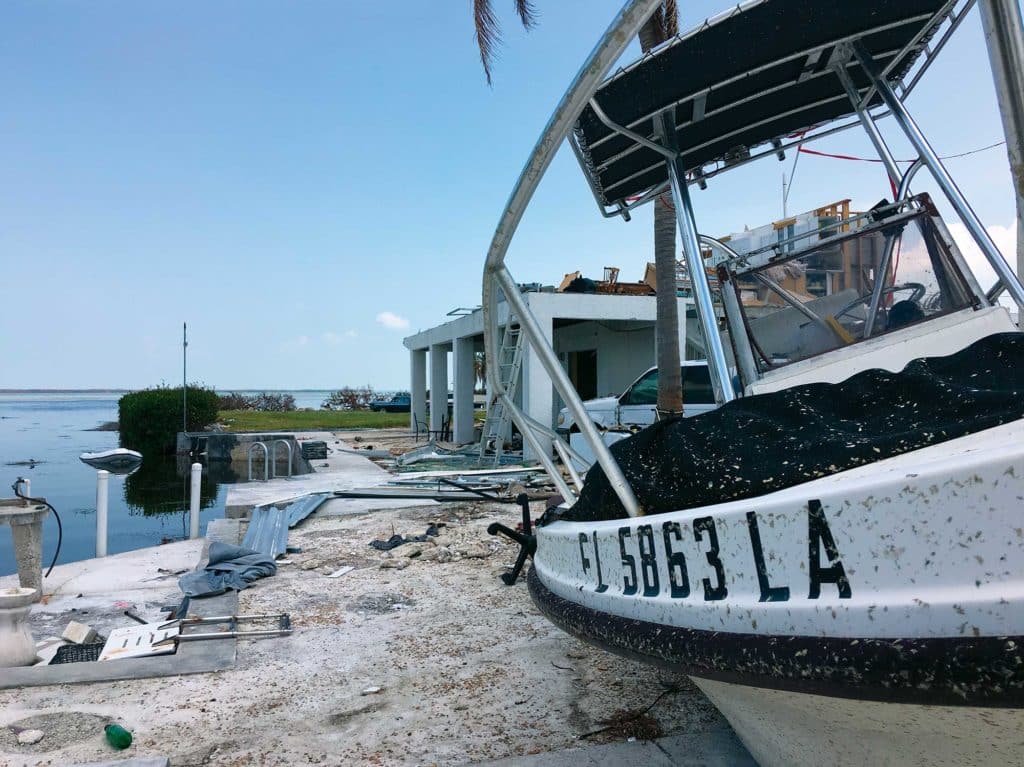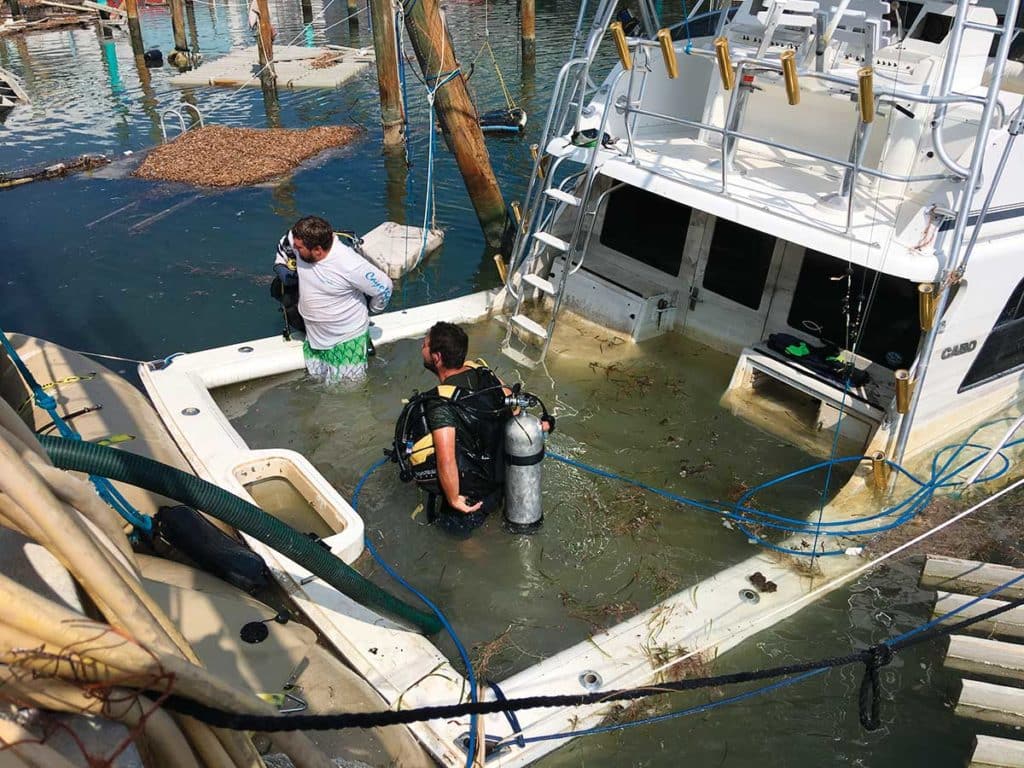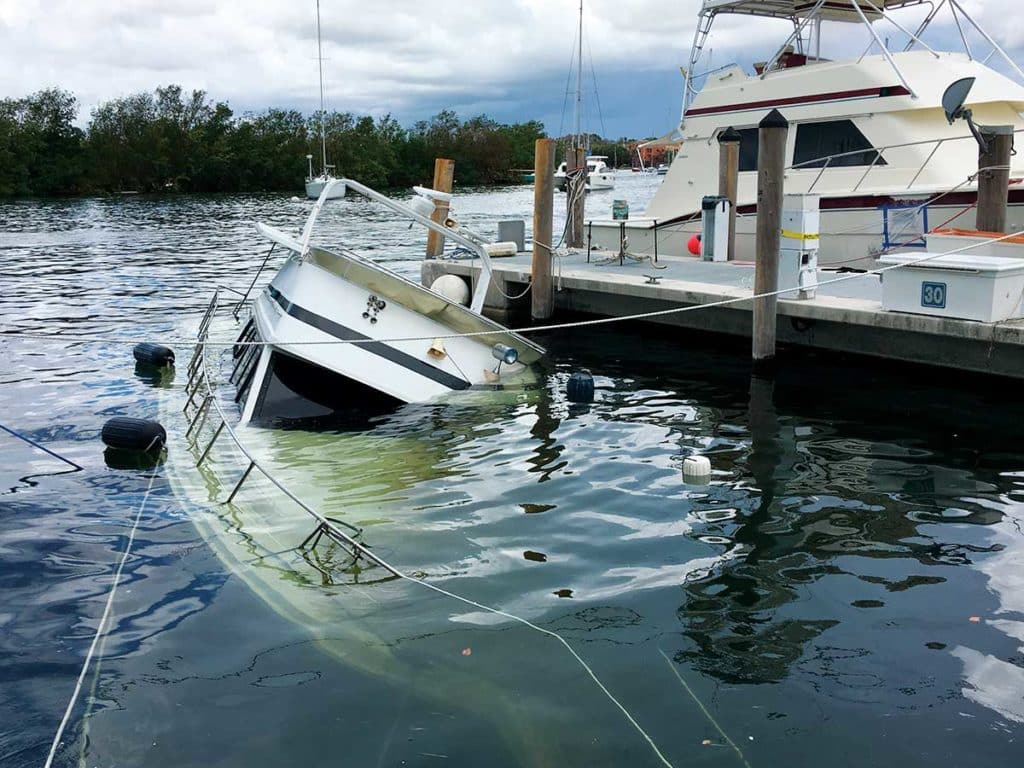
Nearly a million used boats were sold in the United States in 2016, according to the latest statistics from the National Marine Manufacturers Association. That’s up by 2.5 percent from 2015, and it speaks to the current vitality of the recreational-boating market.
Used boats sell for less than comparable new boats. That means that pre-owned models can grant budget-conscious anglers easier entry to the boating market. What’s more, used boats present many boating anglers the opportunity to upgrade to larger, more powerful boats for less money than similarly sized and equipped new boats.
Yet, buying a used boat can be a gamble because the quality of the hull, engines, transom, stringers, wiring, electronics, fuel tank and other systems is far less predictable than with a new model. While the purchase price might look attractive, the number of factors to consider expands exponentially when buying a used boat. In addition, used boats rarely come with warranties. Most sell “as is.” Here, more than ever, the best advice is caveat emptor — buyer beware.
Hurricane Hulls
An ominous trend, arising from the 2017 hurricane season, has added new pitfalls to the used-boat market. More than 63,000 boats suffered damage as a result of these hurricanes — primarily Harvey, which struck the Texas Gulf Coast, and Irma, which made landfall in South Florida — according to Virginia-based boat-owner organization BoatUS.
While many of those boats proved worthy of repair and restoration, many did not. That means storm-damaged vessels might find their way into the used-boat market at the hands of unscrupulous sellers, according to BoatUS.
How can you protect yourself? Here are tips to help a used-boat buyer avoid a lemon, be it the result of poor maintenance, storm damage or other catastrophic event.

1. Survey Says
The first step is a pre-purchase Condition and Value survey, says BoatUS consumer affairs director, Charles Fort. “It’s not that you don’t want to buy a boat that has been repaired, but you should have full knowledge of the repairs and know they were done correctly,” Fort says. “It’s a transparency issue that will help you negotiate a fair price.”
Boat shoppers should be prepared to pay for such a survey by a qualified marine surveyor. These can range anywhere from $20 to $22 per foot on average, with the minimum starting around $350, according to BoatUS. There are sometimes variables with boat type — the more systems, the greater the cost. It’s money well-spent in rooting out a lemon or assuring you that the boat you’re purchasing is sound and seaworthy. A marine surveyor will also provide a valuation of a used boat, giving you an idea if the price is fair. You can learn more about marine surveys at the BoatUS website.
2. Trace the History
When a car is totaled by an insurance company, the title is branded as salvaged or rebuilt, and buyers know up front that the vehicle sustained major damage at some point in its history. Yet only a few states brand salvaged boats. Florida and Texas, for example, do not — important since this is where Irma and Harvey struck, respectively.
Also, some states don’t require titles for boats, so there’s no way to tell if a boat was totaled. Unscrupulous sellers wishing to obscure a boat’s history need only cross state lines to avoid detection. This in itself might be a tipoff to potential buyers. Look for recent gaps in the boat’s ownership, which can mean that it was at an auction or in a repair yard for a long time.
3. Color Check
Educated eyes can tell if a boat has been recently repaired. This is especially true with older boats. Since gelcoat tends to yellow or discolor with age, matching the color of old gelcoat can very difficult. Mismatched colors around a certain area of the hull or deck serve as a giveaway that a boat has undergone repair.
One scam involves patching holes in the hull with a filler such as Bondo rather than undertaking proper fiberglass repair. Fillers possess little structural strength and can fail catastrophically at sea.
Try tapping on the suspected area, and if it sounds far different when you tap on other, non-discolored areas of the boat, you may have discovered a wacky repair job. Walk away or call in a marine surveyor for an in-depth inspection.
4. Look for Fresh Sealant
Boats that bang against a dock during a storm often suffer damage around the hull-to-deck joint, which is usually hidden under the rub rail. In severe poundings, the deck cap can separate from the hull. In these cases, the rub rail requires removal so the entire joint can be inspected and then, if necessary, repaired. This calls for proper fiberglass work and rebolting the deck to the hull.
Fresh sealant along the joint is an indication of recent repairs. Make sure those repairs were done properly and that the sealant is not hiding the unrepaired damage or shoddy workmanship.
5. Evidence of Sinking
Check for corrosion on interior hardware, such as rust on all hinges and drawer pulls. You might be able to spot an interior waterline inside a locker or an area hidden behind an interior structure. Also, look for corrosion on electrical items such as lamps, connectors, terminal blocks and pumps, and behind breaker panels. These are all indications that the boat sank at some point and, as a result, might be a lemon.

6. Examine Interior Repairs
Fresh paint or gelcoat work on the inside of the hull and engine room are usually obvious. All new cushions and curtains might be a tipoff too. While these are not necessarily signs that the boat is a storm-damaged lemon, they are factors to consider and add to the weight of evidence.
7. Inspect the Engine
Look for fresh paint on the engine, be it an inboard or outboard motor. The paint could be covering corrosion or other damage. Ask the seller if you can have a marine mechanic check out the engine (at your expense) for a compression check and a report on other vital signs.
8. Ask the Seller
In some states, a seller isn’t required to disclose if a boat was badly damaged unless you ask. If the seller hems and haws or you get a bad feeling about the answer, keep looking. In addition, as with buying any boat — new or used — you should ask to take a test drive. Make sure you take the boat out into choppy water for a thorough sea trial. Any slipshod repairs or engine damage might well become evident in rough water.








